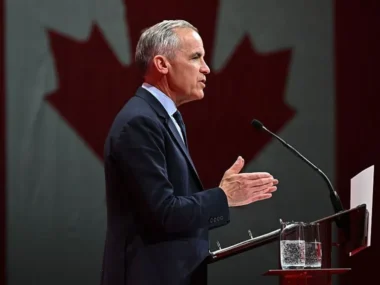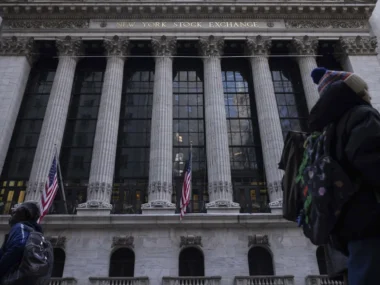Americans aren’t stashing away money into their savings accounts as they once did, according to government data. This trend has contributed to robust consumer spending since the economy rebounded from the depths of the pandemic, despite facing high inflation and increased interest rates. However, economists warn that when saving declines, it leaves households, particularly those with low incomes, vulnerable.
The personal saving rate dropped to 3.6% in February, its lowest level in over a year, and has consistently remained below pre-2022 levels in recent years. This reflects a long-term trend where Americans have consistently saved less after each recession compared to the previous cycle, except for the period following the Great Recession from 2009 to 2020, when savings briefly increased due to the economic hardship experienced during the 2008 downturn.
The current situation differs significantly. Americans experienced an influx of funds from pandemic-related stimulus measures and reduced spending during lockdowns. Additionally, a strong job market in recent years has supported household finances, potentially resulting in a structurally lower saving rate.
Shannon Seery Grein, an economist at Wells Fargo, highlighted the implications of this changing saving behavior for the US economy. She noted that while the lower saving rate supports near-term economic strength, it also leaves households financially vulnerable in the event of a downturn or shock. Particularly concerning is the negative savings among lower-income consumers, indicating a greater dependency on income and heightened vulnerability.
Despite these concerns, household spending patterns have remained largely unchanged, with increased reliance on credit and other financial instruments to sustain spending levels. This shift in consumer behavior suggests a fundamental change in psyche, where households adapt their financial strategies to maintain their spending habits.
The prospect of four-day workweeks might be on the horizon, with one-third of America’s companies considering implementing them.
Burnout among workers has become such a significant issue that some employers are contemplating shortening the workweek, as reported by my colleague Matt Egan.
A recent survey of CEOs conducted by KPMG revealed that nearly one-third (30%) of large US companies are considering implementing new work schedule arrangements, such as four-day or four-and-a-half-day workweeks.
These findings underscore how executives are actively seeking methods to attract and retain talent in a highly competitive job market, where many employees feel overworked and undervalued.
“We are all working to figure out what is optimal, and we will continue to experiment and pivot,” stated Paul Knopp, chair and CEO of KPMG US, in an interview with CNN. Many workers express a desire for a shorter workweek.
According to a Gallup poll released in November, a significant 77% of US workers believe that a four-day, 40-hour workweek would positively impact their well-being, with 46% indicating it would have an “extremely positive” effect.
Encouragingly, studies conducted in both the United States and Europe on four-day workweeks have shown positive outcomes for worker well-being and productivity.











